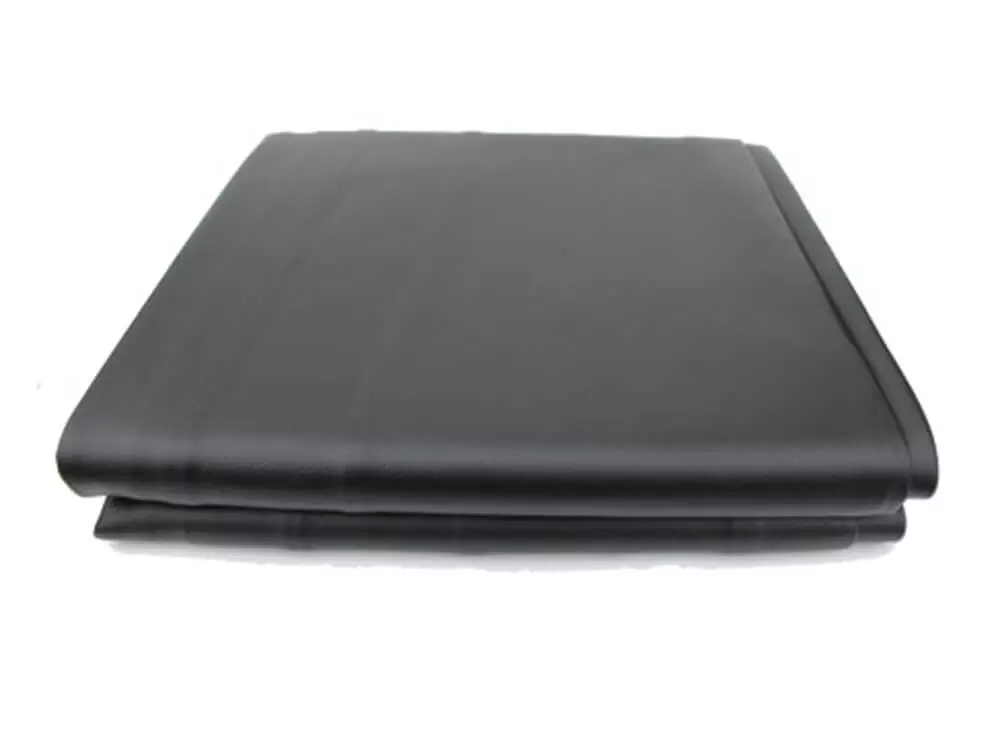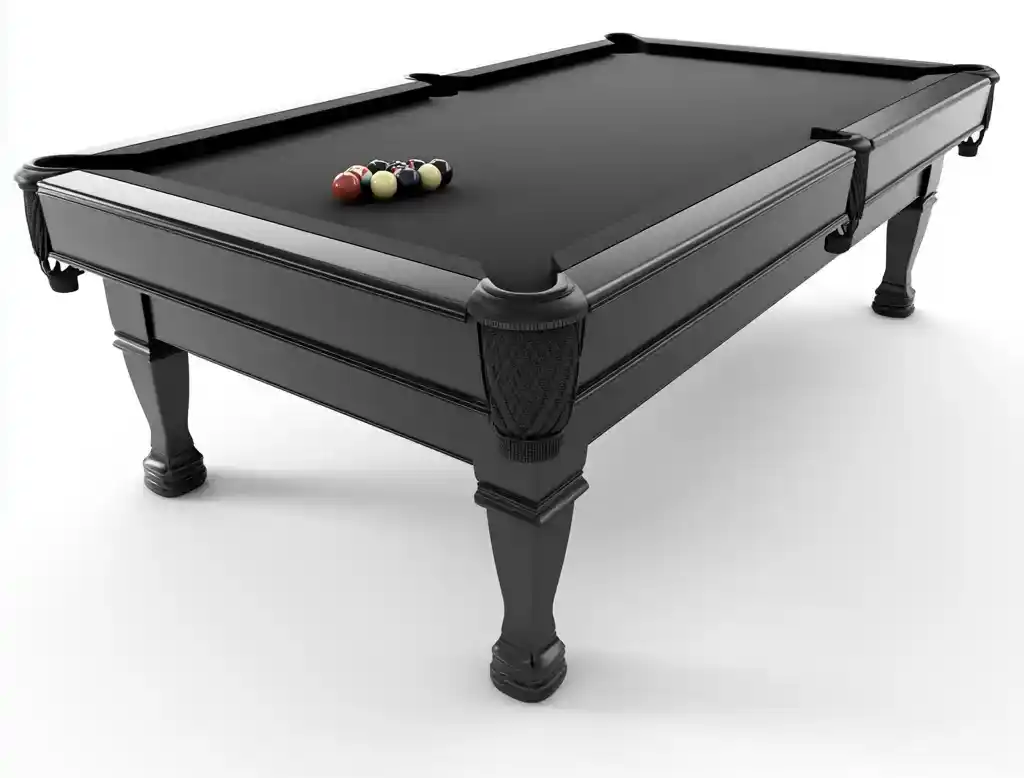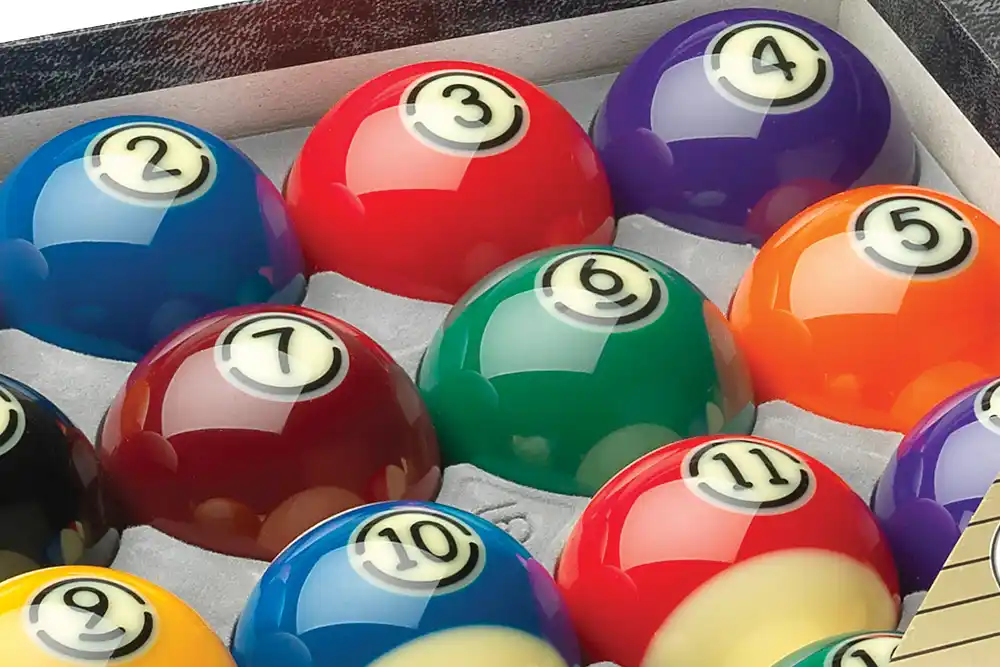Owning a new or used pool table is a source of endless entertainment, whether you’re a casual player or a dedicated enthusiast. However, like any finely tuned instrument, a pool table requires regular maintenance to ensure it remains in peak condition. Proper care not only preserves the table’s appearance but also guarantees that it performs consistently, offering the same quality of play for years to come. Here’s how to maintain your pool table to maximize its performance and longevity.
Regular Surface Cleaning
One of the most fundamental aspects of pool table maintenance is keeping the playing surface clean. Dust, chalk, and other debris naturally accumulate on the felt, which can affect the roll of the balls and ultimately the quality of your game. After each playing session, use a soft-bristled brush to gently sweep the felt. Brush in one direction to avoid damaging the fabric, and be sure to avoid using a vacuum, as it can stretch or tear the felt. For a deeper clean, a lightly damp cloth can be used to wipe the surface, but it’s crucial to ensure that the cloth is only slightly moistened to prevent water damage.
Protecting the Felt

The felt is one of the most critical components of your pool table. To protect it, always cover the table when not in use. A fitted cover shields the felt from dust, spills, and even sunlight, which can cause the material to fade over time. Additionally, avoid placing heavy objects on the table, as this can lead to indentations in the slate and felt, creating an uneven playing surface that affects gameplay.
Maintaining the Cushions
The cushions, or rails, are another essential part of the table that need regular attention. Over time, cushions can lose their elasticity, leading to an inconsistent bounce when balls strike them. This not only diminishes the quality of play but can also affect your shots’ accuracy. Regularly check the firmness of the cushions and inspect them for signs of wear or detachment. If the cushions seem less responsive, it might be time to consider a replacement to restore the table’s performance.
Ensuring a Level Playing Field
A pool table must be perfectly level to ensure fair and consistent gameplay. Even a slight tilt can cause the balls to roll inaccurately, leading to frustrating and uneven play. It’s a good idea to check the table’s level periodically, especially if the table has been moved recently or if you notice irregular ball movement. Most pool tables come with adjustable legs, allowing you to make fine adjustments as needed to achieve a perfectly level surface.
Caring for the Slate
The slate is the heart of your pool table, providing the flat, smooth surface that ensures consistent ball roll. Regular inspections are necessary to check for cracks or chips, which can significantly impact gameplay. If you discover any damage, it’s best to call a professional to repair or replace the slate. Additionally, if you move your pool table, always have the slate re-leveled by a professional, as it can shift during the move, potentially affecting its flatness.
Polishing the Rails and Pockets
To maintain the overall aesthetic and functionality of your pool table, the wooden rails should be polished with a suitable wood cleaner. This not only preserves their appearance but also protects the wood from wear and tear. Similarly, the pockets, particularly if they are made of leather, require regular conditioning to prevent them from drying out and cracking. Replacing worn or broken pockets promptly helps maintain the table’s functionality and ensures it looks as good as it plays.
Rotating and Cleaning the Balls
Pool balls are subject to wear and tear, just like any other part of the table. Over time, they accumulate chalk and dirt, which can affect their roll. Regularly clean the balls with a mild soap solution and a soft cloth to maintain their shine and performance. Avoid using abrasive cleaners, as these can scratch the surface of the balls. Additionally, inspect the balls for any signs of wear, such as chips or cracks, and replace them as needed to ensure consistent gameplay.
Professional Maintenance
While regular at-home maintenance is essential, it’s also a good idea to have your pool table professionally serviced at least once a year. Professional maintenance includes a thorough inspection of all components, re-leveling of the slate, and addressing any minor issues that could turn into major problems. This proactive approach helps preserve the table’s integrity and extends its lifespan, ensuring it remains a source of enjoyment for years to come.
Controlling the Environment
Finally, the environment in which your pool table is housed plays a crucial role in its maintenance. Excess humidity can cause the wood components to warp and the felt to become loose, leading to uneven play. Keeping your game room at a stable temperature and humidity level is vital to preventing these issues. If necessary, use a dehumidifier to maintain optimal conditions.
Conclusion
Proper maintenance of your pool table is not just about preserving its appearance; it’s about ensuring that every game is as enjoyable as the first. By following these maintenance tips, you can keep your pool table in top condition, providing you with years of consistent performance and lasting enjoyment. Remember, for more complex maintenance tasks or repairs, it’s always wise to consult a professional. With the right care, your pool table will continue to be the centerpiece of your game room, offering countless hours of fun and competition.


